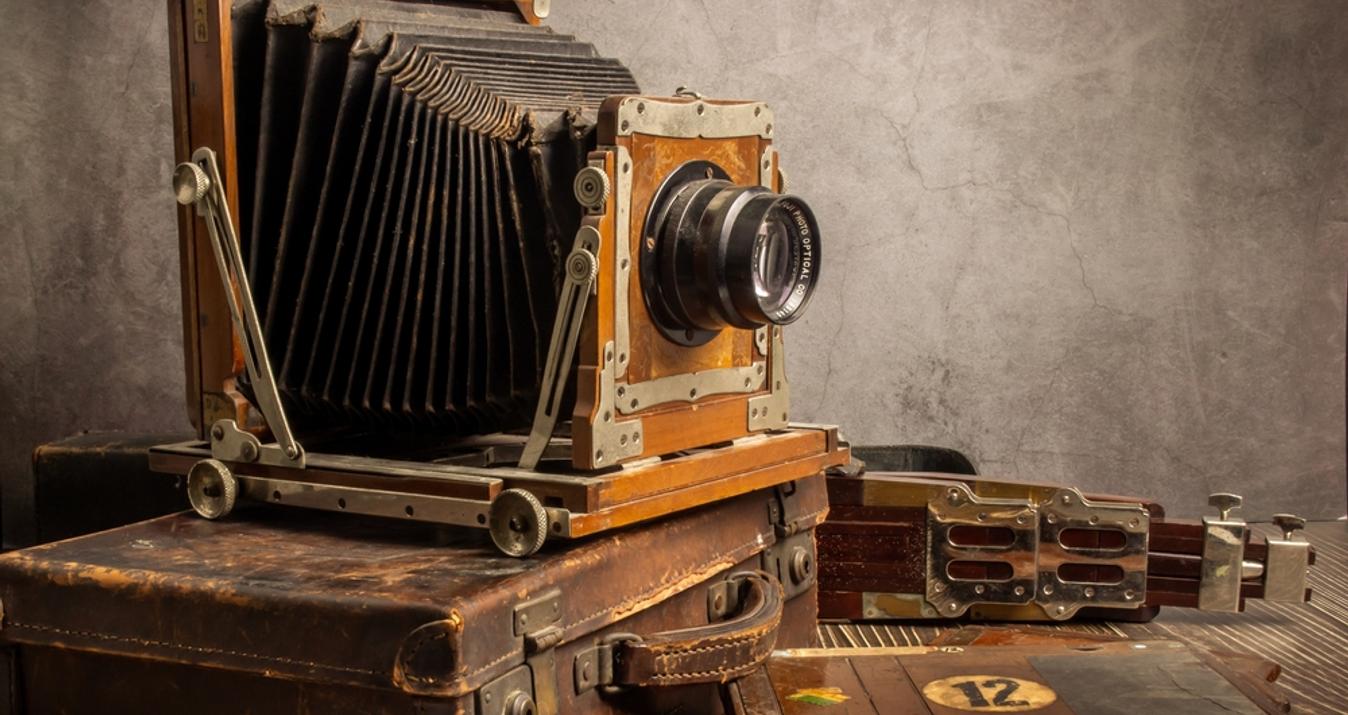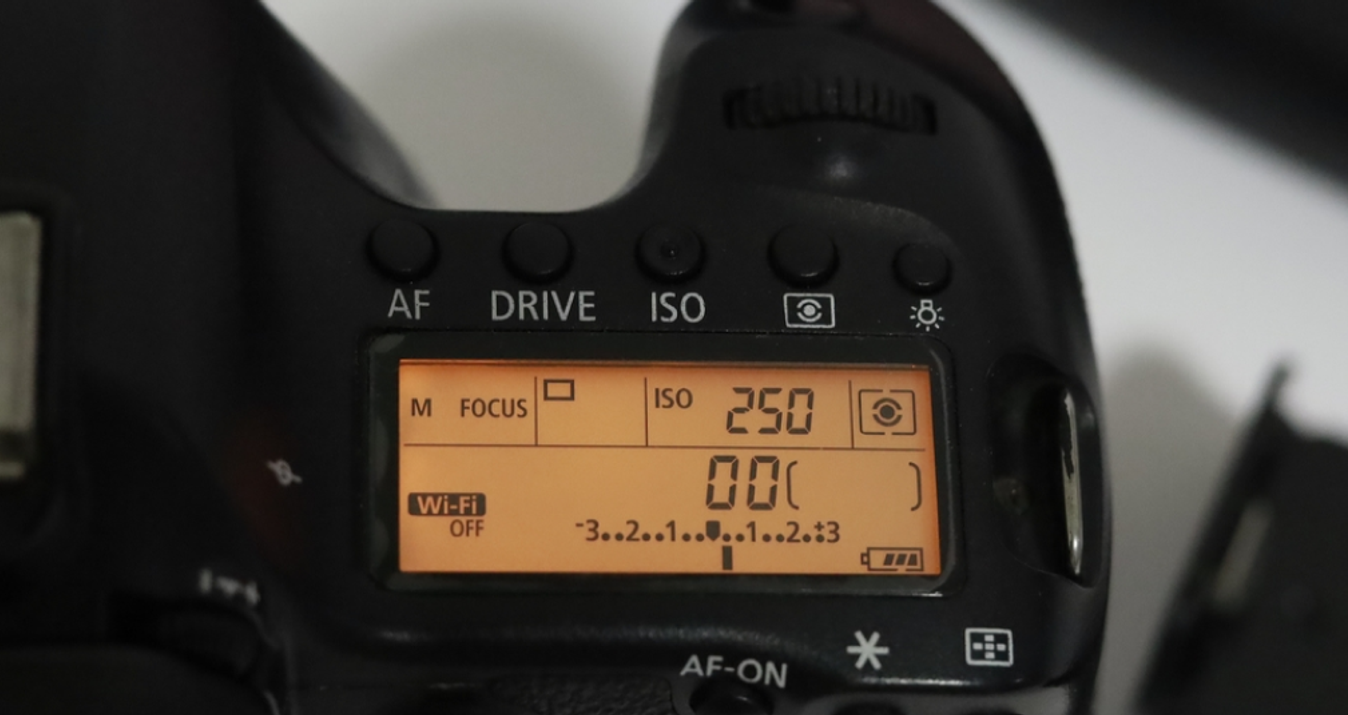Creative Still Life Photography Ideas To Inspire You
October 02, 2025
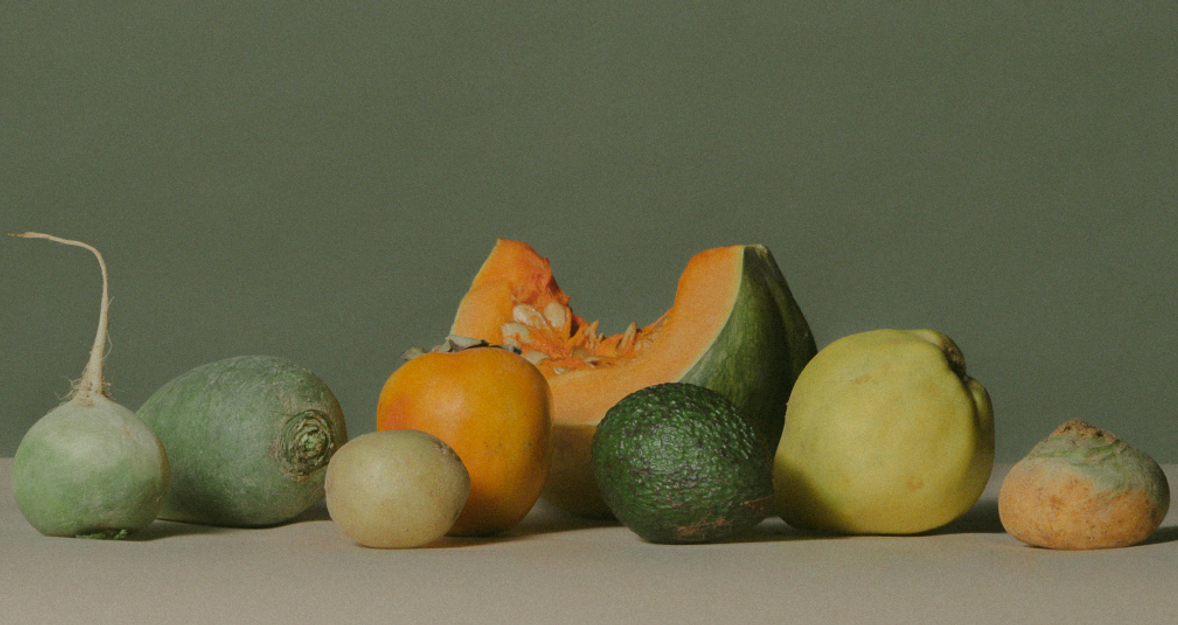
I have often thought of still life photography as one of those genres that looks simple on the surface but, in reality, can be both surprisingly difficult and filled with creative potential. I was first introduced to it through product photography, where I added in related props to help build a more eye-catching scene.
Choosing props that complement one another and arranging them effectively is a skill that develops over time, and in this article we will run through some creative ideas you can try to inspire your next still life shoot. Whether you’re just starting out or already building a still life portfolio, there’s something here for everyone.
What is Still Life?
 This genre is found in both photography and painting, and there’s no doubt that you’ve seen still life demonstrated in one or the other. From bowls of fruit to photos of flower arrangements, still life is used widely and regularly. As I mentioned earlier, product photography was when I first began taking still life shots, and this more commercial side of the genre is something we encounter every day.
This genre is found in both photography and painting, and there’s no doubt that you’ve seen still life demonstrated in one or the other. From bowls of fruit to photos of flower arrangements, still life is used widely and regularly. As I mentioned earlier, product photography was when I first began taking still life shots, and this more commercial side of the genre is something we encounter every day.
As you’ve probably noticed, still life involves arranging objects in a way that feels aesthetically pleasing. It can be highly artistic or commercial, and it covers a wide range of themes.
To create strong still life work, you need a solid sense of composition. Finding arrangements that complement one another and give a sense of balance in your frame takes practice and skill. On high-end commercial shoots, set designers are hired specifically to create these kinds of scenes. Lighting is another crucial skill, not just to illuminate the subject but to shape the mood and give the final image an artistic edge. Beyond that, colour theory, storytelling, and thoughtful editing all play an important role.
If all of that sounds overwhelming, don’t worry. I’ll be sharing ideas in this article that will help you build these skills step by step and learn through practice.
Essential Preparation
When it comes to still life, there are some essentials that will make the whole process much smoother.
I find tethering your camera to a computer with a decent monitor gives the best results for shooting. A monitor not only helps you see your composition more clearly but also allows you to zoom in around the scene and check that your image is sharp throughout.  A tripod is also key. It keeps your frame consistent and frees up your hands so you can adjust items in the scene while keeping your composition steady.
A tripod is also key. It keeps your frame consistent and frees up your hands so you can adjust items in the scene while keeping your composition steady.
You will also want a way to keep dust and debris off your set. Even if you carefully clean your surfaces and backgrounds before shooting, dust always finds a way in. I use an air blower from my lens cleaning kit, or a microfibre cloth to tidy up as I go.
Fingerprints are another issue to watch out for, especially with materials like glass. Every still life photographer has had that moment where you finish a shoot, pack everything away, and then notice fingerprints across your objects or product. It can be fixed in post, but it is unnecessary work and sometimes very difficult to clean up if the marks are over logos or lettering. Cloth gloves are really helpful when handling objects and save a lot of time later.
Beyond that, careful planning goes a long way. Have a clear idea of what you want to shoot before you start. Colour schemes, props, and lighting should all be thought out in advance so the process flows naturally once you begin.
Mask Objects in a Single Click with Luminar Neo
Try it nowCreative Still Life Photography Ideas
Now let’s get into some ideas for you to try. Take inspiration from these suggestions and then build on them yourself. When I was practising product photography I would often find an image that inspired me and either recreate it exactly to understand how it was built or take one or two elements and expand around those.
Play with Shadows and Light
For whatever objects you’re working with, creative use of light and shadow can bring a lot of character to your scene. You can go for playful, subtle shadows or try chiaroscuro with a strong contrast between light and dark. For example, you might half obscure your objects in shadow or hide much of the background, leaving only your subject strongly illuminated.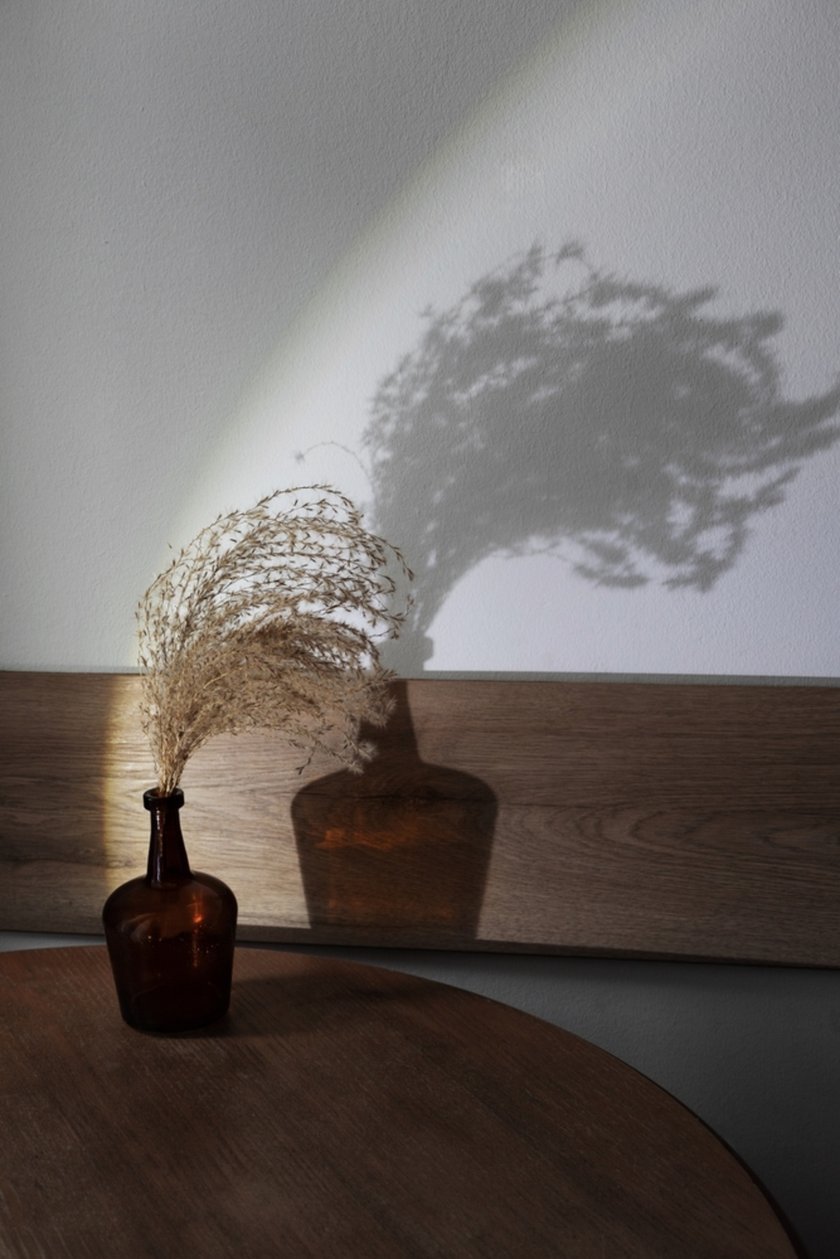
Textures and Materials
Textures add depth and presence to your image. Rough materials such as rustic hessian can work well as a base under items, while silk draped around ceramics or glass adds elegance. Linen is another versatile option that complements a wide range of subjects.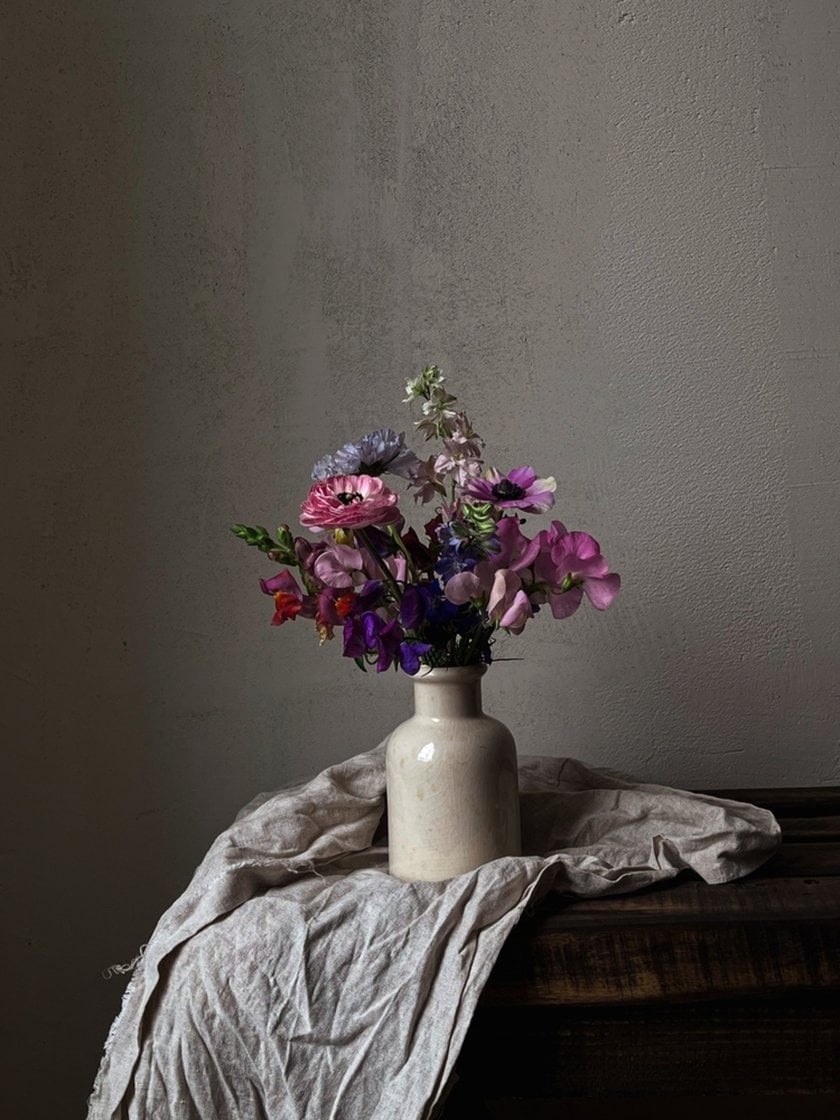
Minimalist Compositions
Minimal still life looks deceptively simple but is much harder than it seems. Using just one or two objects, you need to find balance so it doesn’t feel empty. Strong colour choices or chiaroscuro lighting can help lift the composition and give it that artistic edge.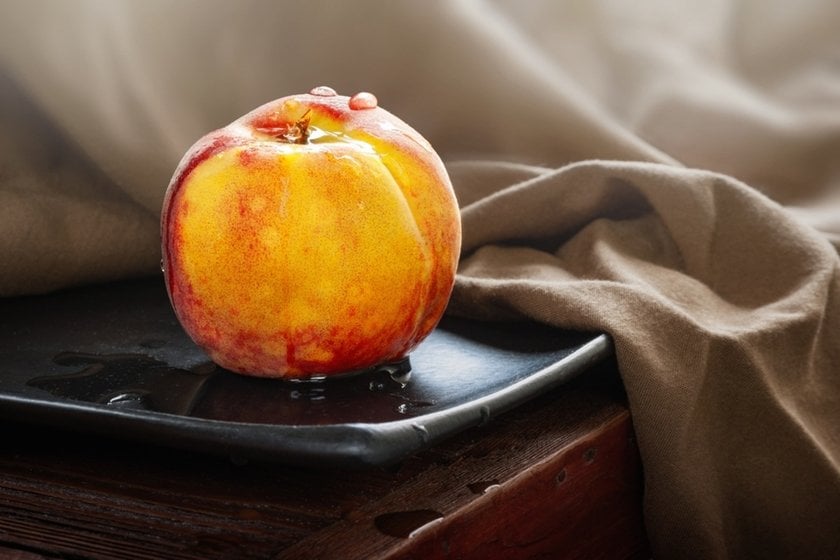
Storytelling
One powerful tool to use in your still life photography is storytelling. Think about what narrative weight your chosen items carry. Colour, light, and editing all play a role in building that theme and communicating a story to your viewers.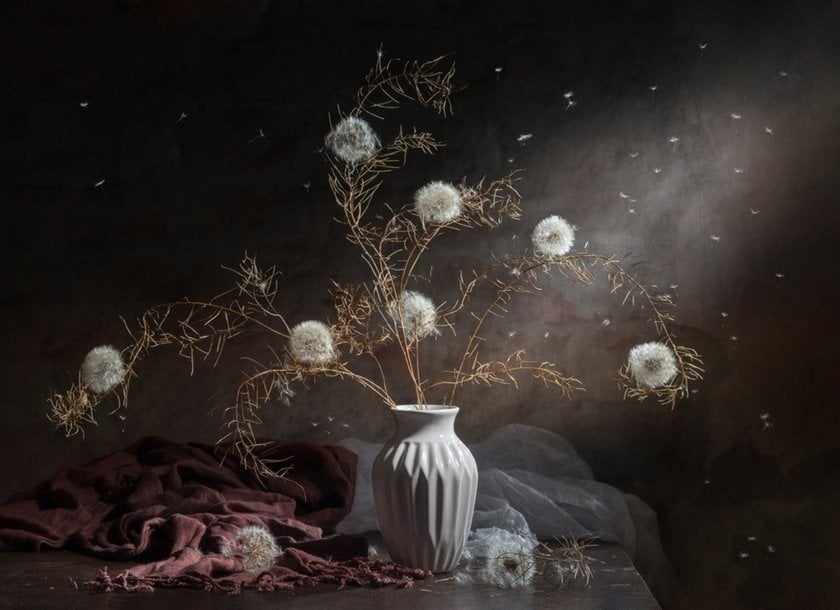
Experiment with Colour Theory
Colour choices can make or break your image. Read up on colour theory and use complementary tones to achieve impact. Avoid clashing combinations and aim for harmony in your palette. I for one love arranging inspiring photos by colour palettes and discovering new colour combinations through photos, design and art.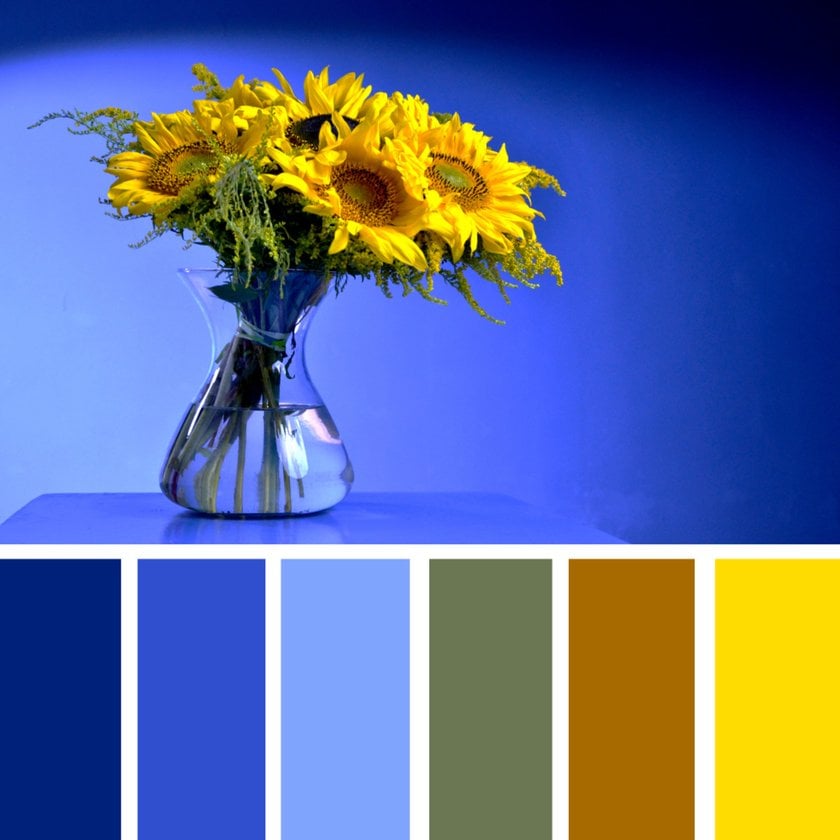
Abstract and Conceptual Approaches
To make your still life stand out, try experimental techniques such as reflections, distortions or selective focus. I’ve used corrugated plastic sheets to obscure objects while adding texture, or shone RGB light through a glass of water to create shimmering, colourful effects.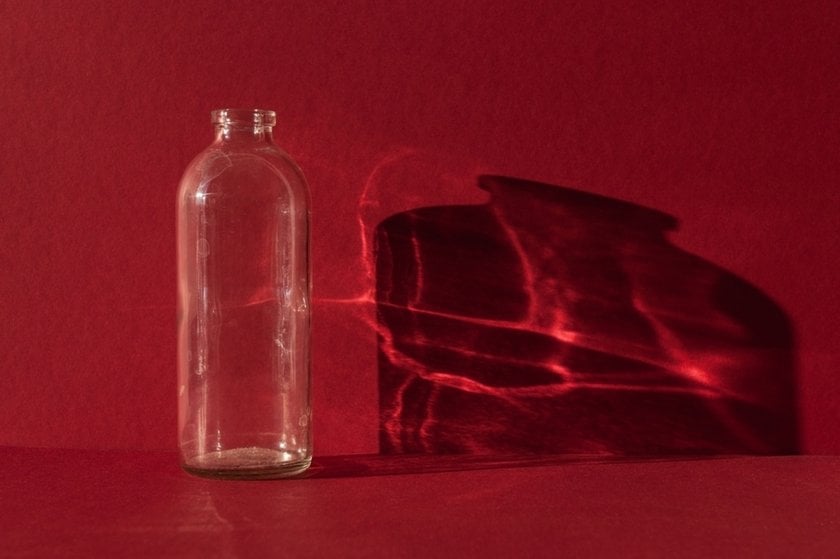
Food
Food photography falls within still life too, whether it’s a plated meal or an arrangement of fresh ingredients. Beyond that, food can be included in other compositions. Smaller foods like berries add texture and colour without overwhelming the frame.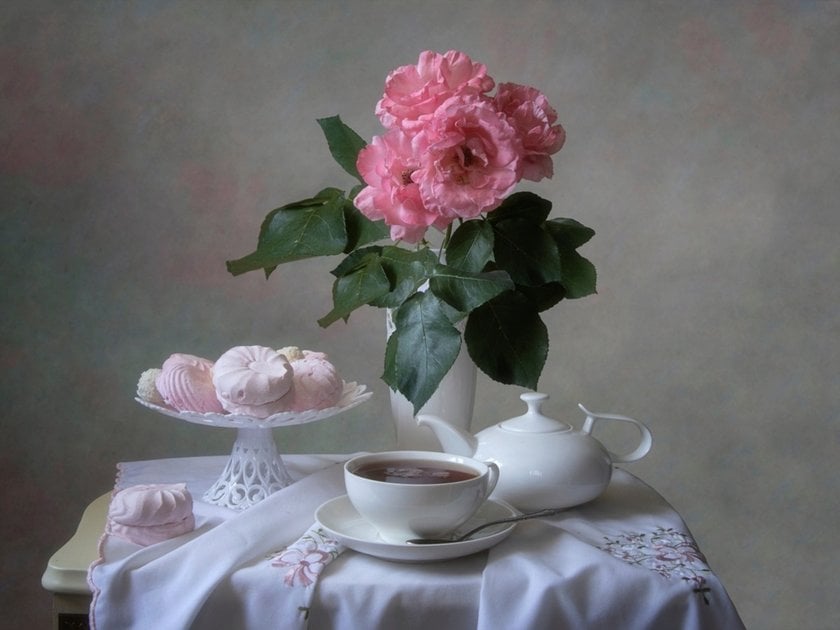
Floral Arrangements
Flowers instantly elevate a composition, bringing elegance and colour. I’ve used them often, and a quick spray of water adds freshness, vibrancy, and texture with natural droplets.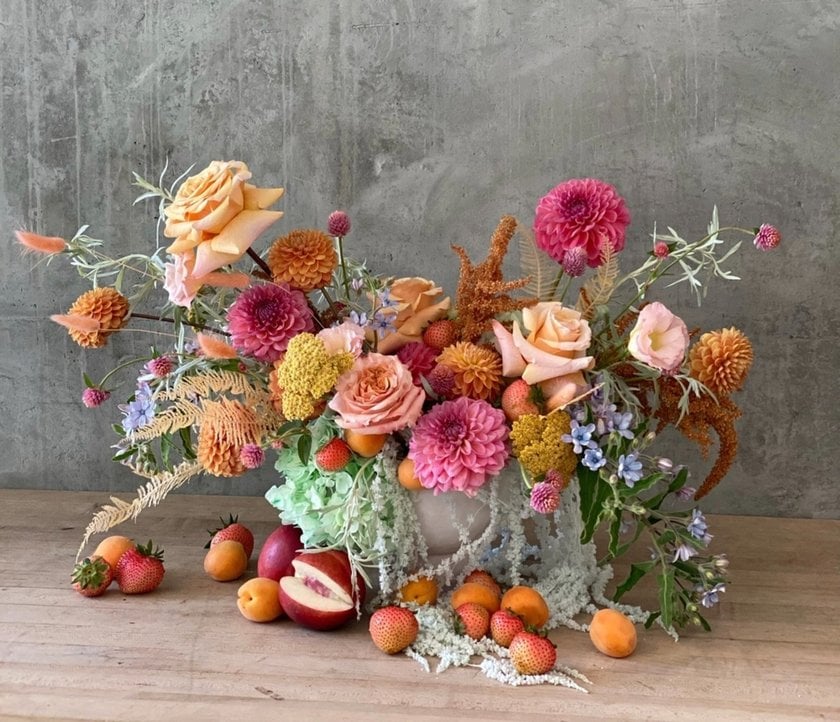
Floating Objects
Suspended items always draw the eye. I’ve done this by attaching fishing wire to a C-stand for lighter objects, or using acrylic rods secured to the back of items. Both are easy to clean up in post-production and create that floating illusion.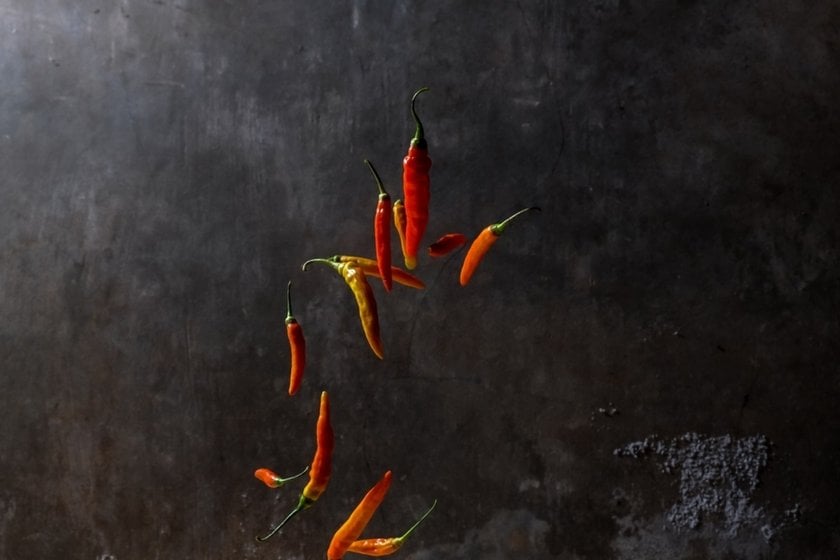
Cinematic and Painterly Moods
Cinematic lighting and darker backgrounds can give your work real atmosphere. For a painterly feel, study classic still life paintings and replicate their use of light, textures, and arrangement. It’s a rewarding challenge to bring those traditional aesthetics into photography.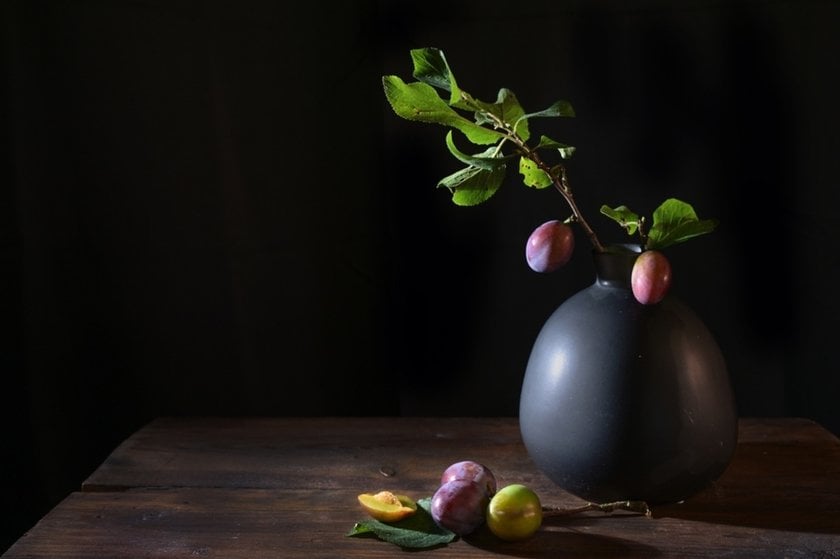
Editing Process
For editing, I find Luminar Neo works really well thanks to its AI tools that save time and remove the need for fiddly brushwork or complex path drawing. It handles a lot of the technical work for you, leaving you free to focus on the creative side. Here are some of the tools I recommend for giving your still life images a polished, professional finish.
Enhance AI
This tool analyses your photo and adds clarity and contrast, giving it more life. I like that you can adjust the strength to get the balance just right without going too far.
Structure AI
Structure AI is one of my favourites, and I use it across many genres of photography. It sharpens textures and brings out the finer details, which makes it perfect for still life work.
Details
For more control over sharpness, the Details tool is excellent. It splits sharpening into small, medium, and large details so you can refine the look of specific parts of the image.
Super Contrast
This tool gives you more nuanced control over contrast instead of applying it across the whole photo at once. If you are working with chiaroscuro lighting, Super Contrast is particularly useful for achieving depth without flattening the image.
Toning and Colour Harmony
For colour grading, I often rely on Toning and Colour Harmony. Both offer a lot of flexibility, with Colour Harmony giving detailed control across individual colour channels, which is especially helpful when you want to refine the balance and mood of your shot.
The Bottom Line
Still life photography is a truly exciting genre. While it may look simple on the surface, it requires careful arrangements, strong composition and endless creativity. Working with different themes, experimenting with a variety of objects, and taking time to plan will allow you to create striking results that really stand out.
For me, the most rewarding part is how much freedom you have. Unlike portraiture or street photography, you have complete control over every element in the frame, which makes it a fantastic way to practise composition, colour theory and lighting. It is also a brilliant way to sharpen your eye for detail, since even the smallest adjustment in arrangement or lighting can change the final outcome dramatically. So have fun with the process of building up compositions and enjoy the results!












